The other major change relates to the elimination of the abuse/dependence dichotomy, given the lack of data supporting an intermediate stage. These changes are anticipated to improve clarification and diagnosis and treatment of substance use and related disorders. The ‘abuse category’ has been eliminated from the proposed structure because of the lack of data to support an intermediate state between drug use and drug addiction.
- The scientific construct of addiction has a rich and evolving history.
- That is, the addict will continue to use the drug even when there are consequences such as physical changes, overdoses, social negative experiences, and mental health complications.
- An example of drug tolerance would be someone taking a prescription drug, such as an opioid painkiller, that produces a pleasurable “high” when taken in large doses.
- No one starts with the intention of becoming addicted, but repeated use over time can drastically diminish control, leading to compulsive use.
- A person can have an addiction without necessarily having a physical dependence.
Addiction Is a Disease; Tolerance and Dependence Aren’t
Help is available to you immediately for any level of care that you may need without our programs. The most important factor to consider here is the persistence of use. This means that when a person is dependent on a drug, the person keeps taking the drug as a way to push off withdrawal systems. When a person crosses over to addiction, there is a significant break. That is, the addict will continue to use the drug even when there are consequences such as physical changes, overdoses, social negative experiences, and mental health complications. Understanding this difference is critical to understanding just how important it is to seek out treatment.

Drug Addiction vs. Drug Dependence

Long-term inpatient treatment programs vary in length, but typically last between 3 to 18 months. This type of rehab is best suited to individuals with long-term chronic addictions, especially those who have co-occurring mental health issues. Depending on the severity of the addiction, long-term treatment may be a good option, especially as many programs address the underlying emotional causes of one’s drug abuse. Long-term treatment also provides an opportunity for the individual addiction vs dependence to physically withdraw from whatever drug they were abusing while they focus on their mental and emotional rehabilitation. These centers also vary in terms of their provision of amenities, which range from basic to luxury options. First, it is crucial to understand the differences between drug tolerance, dependence, and addiction.
Difference Between Tolerance and Addiction
The difference between addiction and dependence can be difficult to understand. Some organizations have different definitions, use the words interchangeably or even abandon both terms altogether. (Substance use disorder, or SUD, is a preferred term in the scientific community.) Because of this lack of consistency, some ground rules can help differentiate between the two terms. Addiction Resource does not offer medical diagnosis, treatment, or advice.

- When a person crosses over to addiction, there is a significant break.
- Individuals typically report to a treatment center or clinic 1 or 2 days per week.
Dependence can occur with the use of certain medications, such as painkillers or antidepressants, even when taken as prescribed. It reflects a physiological adaptation, not necessarily a behavioral compulsion. According to these guidelines, the presence of two or three symptoms suggests a mild substance use disorder, while four or five symptoms indicate a moderate disorder. If a person exhibits six or more symptoms, it is classified as a severe substance use disorder, commonly referred to as addiction. What starts as a choice can quickly spiral into a situation where the individual feels powerless to stop, even in the face of severe consequences. Recognizing the signs of addiction is essential for distinguishing it from dependence and other related conditions.
- Dependence is characterized by tolerance or withdrawal symptoms, and can be a consequence of many drugs, such as pain medications, stimulants, and antidepressants.
- According to a 2021 research article, healthcare professionals often misunderstand them, which can lead to misdiagnosis.
- ICD codes have not been updated to reflect current understanding of addiction, unlike those in the DSM-5.
When the body is dependent on a substance to function, a person needs to be weaned off the drug gradually, rather than all at once (a process called tapering). This helps to avoid the discomfort of withdrawal, and the dangers that can come with quitting drugs cold turkey. For example, individuals who are addicted to prescription drugs will take more than the prescribed amount and for longer than its intended use.


So unless it is urgent, gradually cutting down on the amount and how often you use it should make it easier. If you were addicted to the substance, just cutting down wouldn’t ordinarily work. Sometimes, severe withdrawal symptoms require monitoring from doctors in a hospital setting. When addiction to a substance develops, it is called substance use disorder.


